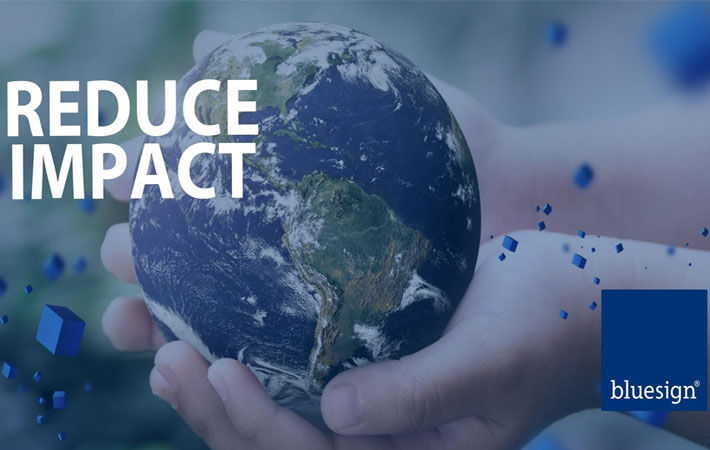
The impact analysis demonstrated that the Bluesign System is accelerating progress towards a more sustainable fashion industry while continuing to ensure that textile products meet very stringent environmental and consumer safety requirements worldwide, giving consumers the confidence of purchasing sustainable products produced with reduced impact on people and the planet.
“With the Bluesign System, we help our customers better understand their value chain and make better-informed decisions with verified data from on-site assessments. The results from our impact work couldn’t have come at a more crucial time when voluntary commitments are now calling for the industry to halve its emissions by 2030. Commitments of this magnitude must be based on sound strategy, and good data, using a systems-thinking approach that takes all aspects of the production process into consideration. It’s not just about outcomes, but inputs as well. Bluesign’s Input Stream Management system eliminates hazardous chemicals from the very beginning of production, ensuring safe products with reduced impact on people and the planet,” said Daniel Rüfenacht, CEO, Bluesign.
Bluesign System is an all-encompassing approach to improving the textile industry’s impact by focusing on resources, people, and the environment. Dyeing and finishing stage within textile manufacturing accounts for the largest impact on climate change and energy consumption in apparel production and a close second regarding freshwater consumption, Bluesign said in a press release.
The core of the System is developing unique, comprehensive action plans for each system partner manufacturer to implement. Partnership begins with an on-site assessment, measures supplier’s processes against the strict Bluesign criteria, provides a roadmap and step-by-step guidance towards continuous improvement in impact reduction. Progress is measured regularly using verified data and for the first time, this progress is being reported collectively across system partner textile manufacturers.
The average for the system partner textile manufacturers for a ten-year period, 2010-2020 include -5 per cent energy consumption, -12 per cent carbon equivalent emissions, -18 per cent water consumption, -17 per cent chemical consumption, and +76 per cent Bluesign Approved chemistry.
“The holistic Bluesign approach helps us measure our impact, set clear targets, and reduce our environmental impact significantly where it matters the most; in the dyeing and finishing processes. We are proud to have increased the share of Bluesign products to over 60 per cent in the past ten years. Our goal is to achieve 90 per cent by 2025. Bluesign is pivotal in achieving our ambitious sustainability and climate targets,” said Adrian Huber, head of corporate responsibility at Mammut.
“Since we started working with Bluesign in 2016, we have been proactively engaged in product development and process improvement that significantly considers environmental management, to meet the requirement as Bluesign system partner. As a result, we saw a significant reduction in water consumption and CO2 emissions at our facility, we have therefore gained high credibility from the customers in regard to our production process, our concept of our product line and our product quality,” Kazuhiro Suzuki, president, Toray Coatex.
“Our partnership with Bluesign has been a supportive journey over the past 15 years that has led to significant reductions at our dyehouse. Together we made many improvements such as upgrading wastewater treatment facilities and using alternative chemicals. Put together, these changes enhanced our operations and helped us to achieve 40 per cent reductions in water consumption and CO2e emissions over the ten-year period. It takes patience. It's a butterfly effect over time but those improvements add up. It's the difference between the way you're doing things and the Bluesign way,” Hilmond Hui, vice-president of Profits Fund Global (PFG), said.
The Bluesign System also offers its partners complete traceability and transparency as each stage of production requires verified data and qualified information. That data is verified by Bluesign and is accessible to the Bluesign network of system partners within the cloud computing solution, known as the Bluesign Cube. Over 28,000 chemical product risk assessments combined with company site assessments result in materials that are compliant with the Bluesign criteria and are the basis for thousands of Bluesign Approved materials.
The collective impact reductions achieved through the implementation of the Bluesign system are meaningful progress for the fashion industry. Progress Bluesign will continue to report.
Fibre2Fashion News Desk (RR)